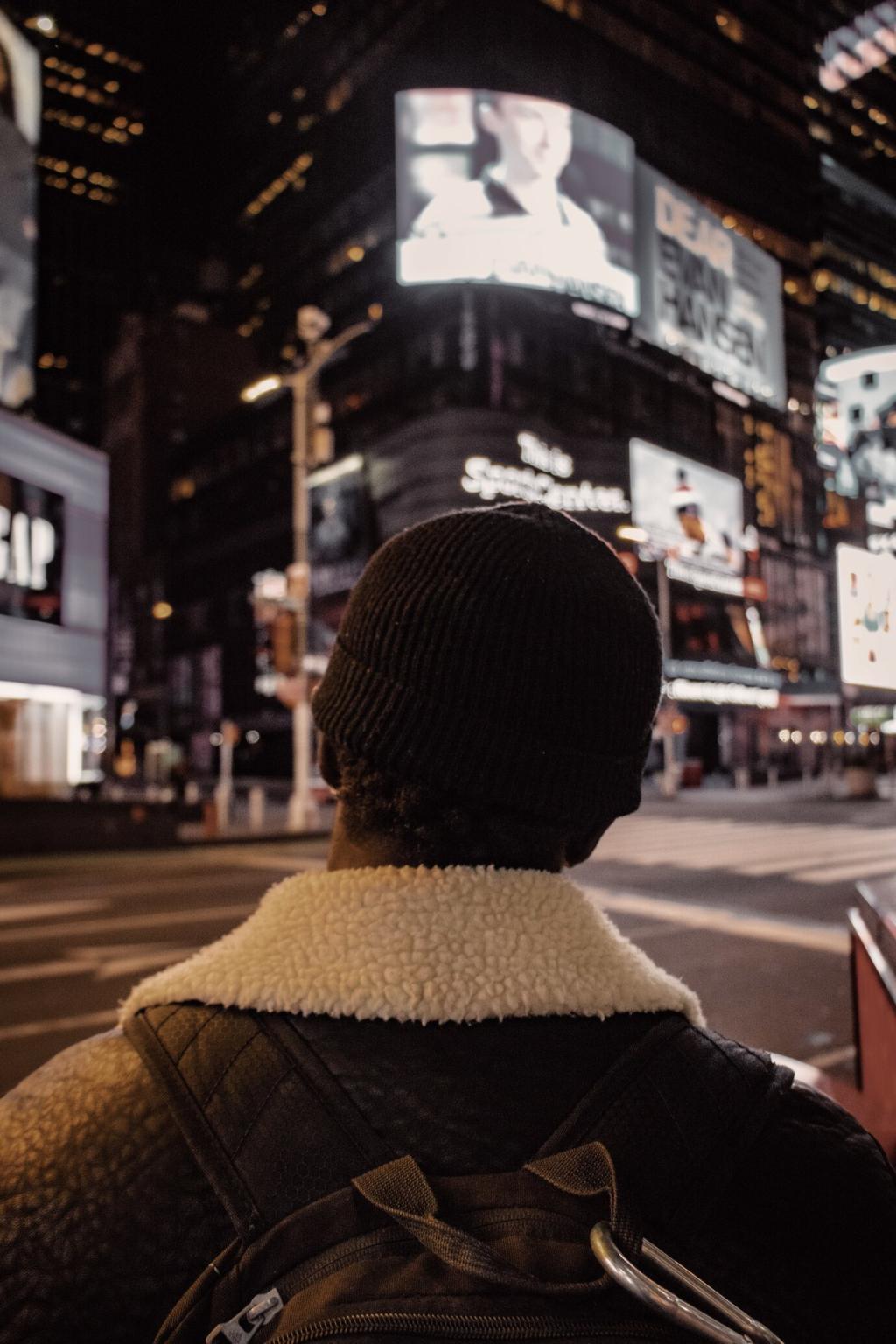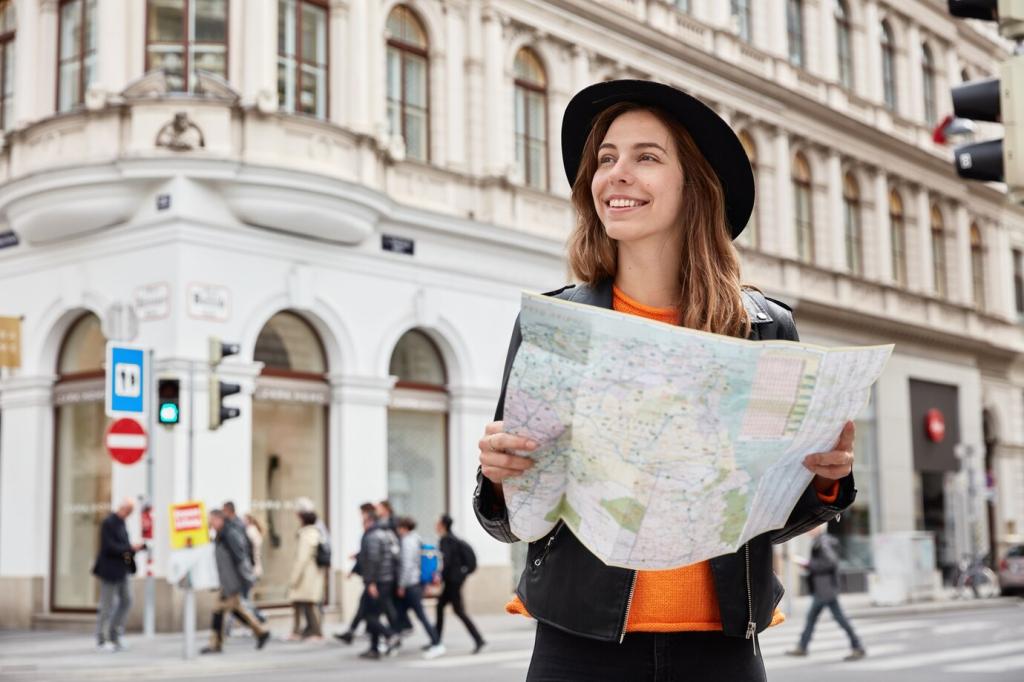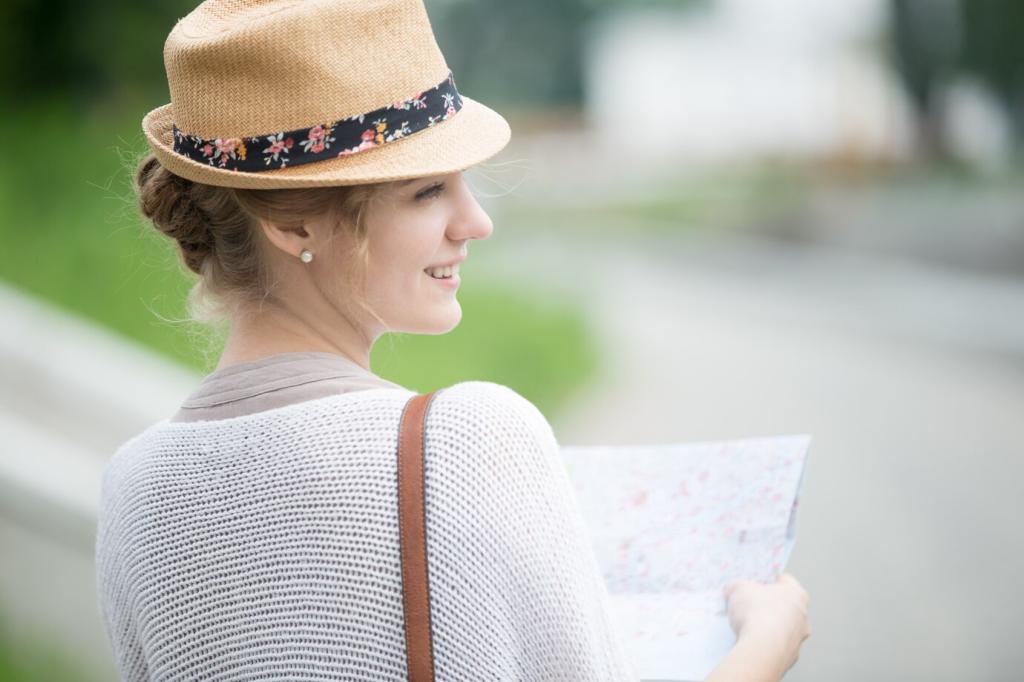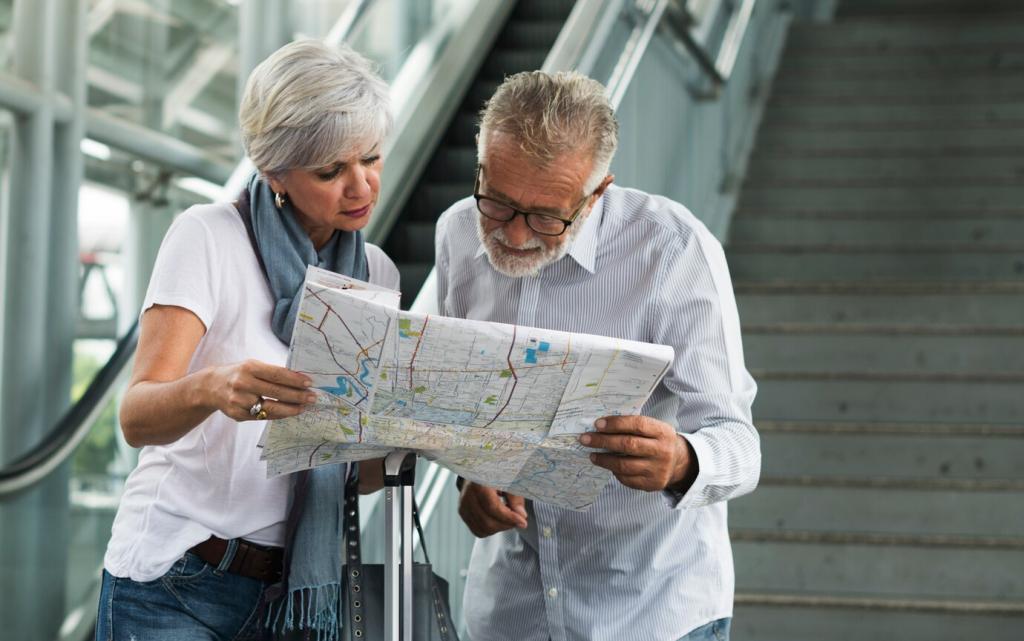Stories from the Streets: Small Moments with Big Meanings
A retired baker turned his back room into a neighborhood lending library, stocking cookbooks beside poetry. Our guide introduced us, and we traded recipes for reading lists. Have you found a place that serves both comfort food and community wisdom?
Stories from the Streets: Small Moments with Big Meanings
During a summer tour, a grandmother hummed a migration lullaby from her balcony. The guide paused, translated, and the group joined softly. Music bridged languages more easily than any brochure. What unexpected sound defined a tour for you?




